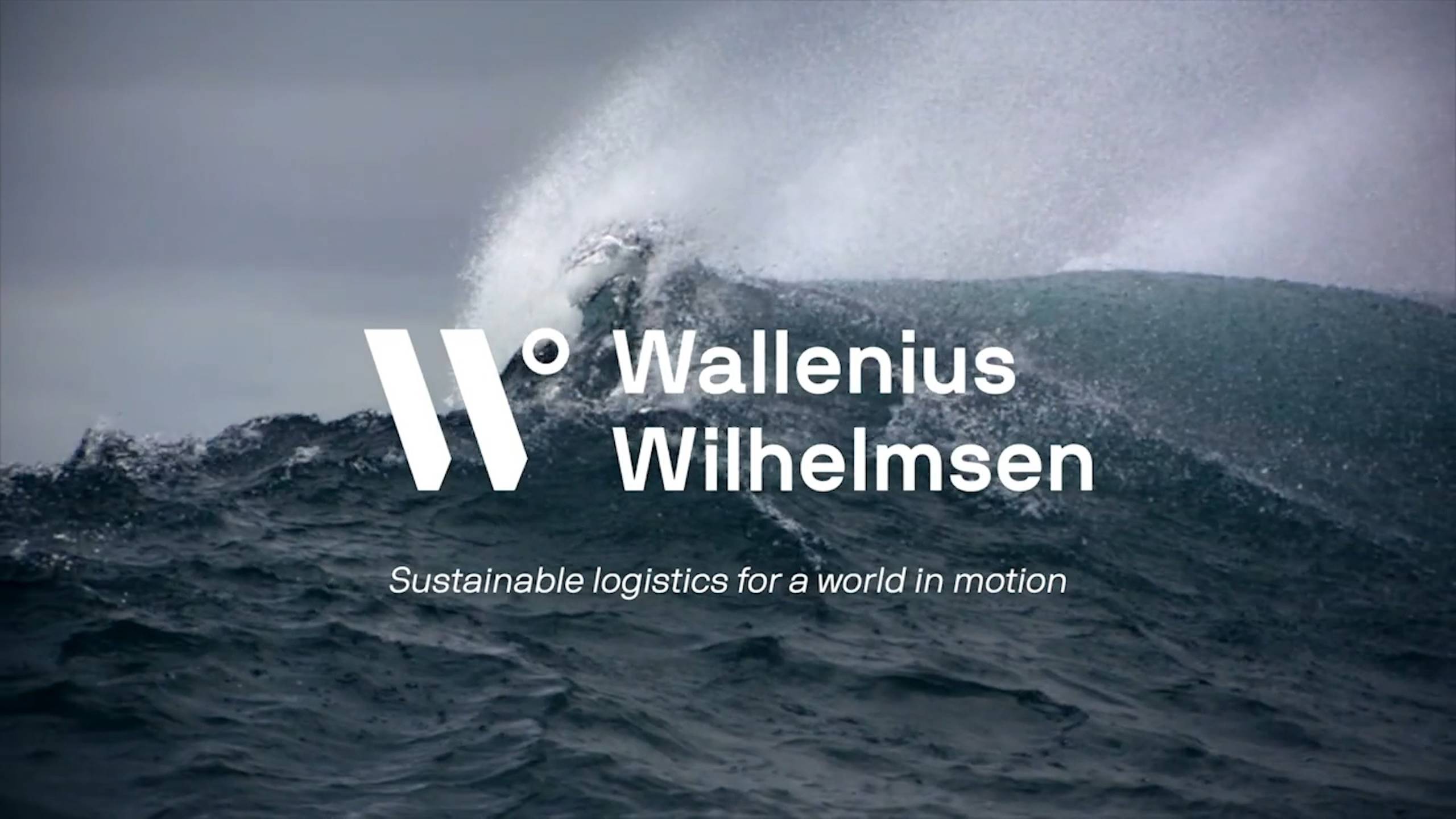A partner's perspective: Kongsberg Maritime
Viewpoint by Egil Haugsdal, President Kongsberg Maritime, one of the world’s largest suppliers of advanced electronics to the shipping industry.

Managing biofouling represents a major financial, environmental and operational challenge, so when Jotun approached us with their idea of developing the HullSkater technology to address this challenge in a novel way, we happily agreed to support them on this journey. We have offered one of our large vessels as a test platform for the HullSkater technology. After more than two years of testing we now firmly believe this can be a solution that will help the shipping industry move towards a more sustainable footprint.

Our customers’ sustainability ambitions are increasing, and we want to take a leadership role in the journey towards zero emissions – so a collaboration like this is a good strategic fit. Of course, operational efficiency is an important driver as well. Having a clean hull typically reduces fuel consumption by 5% to 15%, depending on the degree of fouling. Moreover, the organisms that grow on the hulls of ships can present an invasive species risk, with negative environmental and economic consequences.
Stricter biofouling standards are also under development at a global level, and several countries and states have already implemented such.
Ultimately, there are a lot of drivers, but in short we could see that Jotun’s concept addressed all the challenges in one idea. They are looking at this as a solution; a clean hull as a service rather than paint as a product.
From our perspective, there have not really been that many challenges. We have coordinated testing on board the vessels, which has been very successful. I also think our global network in the regions has been useful for Jotun in order to establish contact with local, regulatory bodies.
The main challenge, in my opinion, has been for Jotun and their technology partners to make the technology work in challenging environments. When testing novel technologies, there’s normally a trial and error phase, where one experiences unforeseen events that have not been fully addressed in the prototyping or engineering phase. We have been impressed by the way in which Jotun and its partners have systematically resolved issues one by one with a clear determination to succeed.
The solution will certainly help to address the biofouling issue, but it is hard to say at this stage whether it will emerge as the new standard for inspection and cleaning. Much will depend on the individual operator’s needs and it’s likely that we will see operators that continue using not only traditional diver cleaning methods but also new robotic devices such as Jotun’s HullSkater. Also, it’s obviously dependent on how the new solution is brought to the market, how it’s sold and packaged. But I think the idea of the vessel being self-sufficient in terms of the capability to clean and inspect the hull is a clever solution and it would be natural for certain sectors in the industry to gravitate to such solutions in the long term.
From our side, we see it as a potential game-changer in the sense that the technology offers a totally new ability to maintain clean hulls. Today, just the administration and overheads linked to actually managing this across a big fleet like ours are absorbing huge resources on the shore side and also have practical implications for the vessel operations. Jotun’s solution will handle the process more efficiently.
Another important aspect of Jotun’s HullSkating Solutions - in addition to the HullSkater device - is that it offers the possibility of applying a new advanced paint with different characteristics, strong durability and less friction and resistance, and could help avoid long, expensive dockings, which we have every two or five years.
In summary, it makes sense to take a proactive approach to hull cleaning. The idea is not unique as such, but what is interesting is that the Jotun solution brings it to reality. And they have done this together with industry partners, such as us. Although we are a large company, we cannot be experts in all areas, so collaborations like these are important to help us achieve our environmental goals and become more sustainable.
Learn more about Wallenius Wilhelmsen on their website.
Viewpoint by Egil Haugsdal, President Kongsberg Maritime, one of the world’s largest suppliers of advanced electronics to the shipping industry.
Viewpoint by Head of maritime technical advisory and project sponsor Ellen Olsvik and Sarath Raj, principal consultant and project manager at DNV, a global quality assurance and risk management company serving the maritime industry.
A video is being shown
An image is being displayed
A brochure is being displayed